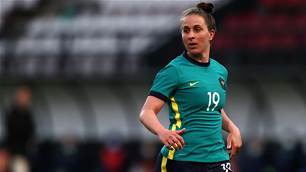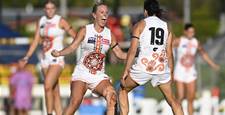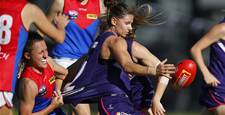Alen Stajcic has selected a 20 player Australian squad that he is hoping will be the first to qualify out of Asia for the Olympics. Here is a quick look at the group of players at his disposal.
Alen Stajcic has selected a 20 player Australian squad that he is hoping will be the first to qualify out of Asia for the Olympics. Here is a quick look at the group of players at his disposal.
Goalkeepers
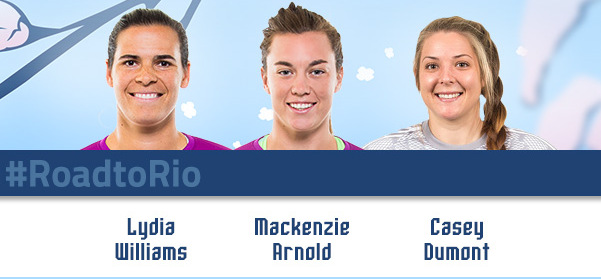
From a shy young goalkeeper, Williams has developed into a highly vocal organiser of the defence which has been equally as important as her shot stopping skills. Going forward, her distribution with her feet and hands often initiate the attack for the Matildas.
The goalkeeper rotation (if any) puts up some concern for Australia regarding the shortage of international experience behind Williams. As was demonstrated in the World Cup with Barbieri coming in for the opening match, an experienced back up keeper is important, and even more so when the matches are coming thick and fast.
Defenders

Prior to the World Cup there were question marks about Australia's defence. However, after keeping two clean sheets (a first for any Australian team at a World Cup) and containing some of the world's best attackers, there is a greater solidity about the Matildas defence.
The back four has generally kept their shape well, staying compact, while pressuring the ball and providing cover for one another as required. While aerially very few teams in recent internationals have been able to get to the jump on them.
Centrally, Laura Alleway and Alanna Kennedy appear to be the preferred pairing but Clare Polkinghorne and Caitlin Cooper have also been solid in training and during internationals late last year. With all four comfortable on the ball, Stajcic has the advantage of being able to mix and match his pairings.
On the outside, Caitlin Foord (although listed as a forward in the squad announcement) and Stephanie Catley are among the world's best in their positions at right and left back. While they started every one of the five World Cup matches, the concern will be that there are no obvious replacements. Backing up for 5 matches in 10 days will be next to impossible so the key for Australia in those positions will be for the alternates to be of an equal caliber.
Midfielders
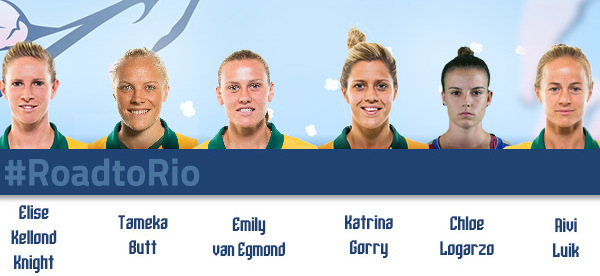
Australia's midfield unit is one of its great strengths.
Defensively Elise Kellond-Knight has put pressure on the ball (high and low), provided cover, intercepted time and again to break down attacks and generally ensured the central defenders have rarely had to step up into the midfield.
Aivi Luik has performed the same function for Melbourne City and, before injuries took their toll, had demonstrated that ability at international level as part of the championship 2010 Asian Cup squad.
Further forward is where it gets interesting with the attacking abilities of Emily van Egmond, Katrina Gorry and Tameka Butt. Van Egmond and Gorry, in particular, have the vision to find and execute defence splitting passes to the forwards (remember that Gorry pass against Brazil) and to change the point of attack. While Butt always seems to be able to time her runs well to be in the box when it matters.
All five midfielders are strong on the ball and, importantly, can retain the ball well. It will be crucial with the possession based play in the AFC. One benefit for Australia will be their ability to transition, particular with the strike power available.
Forwards
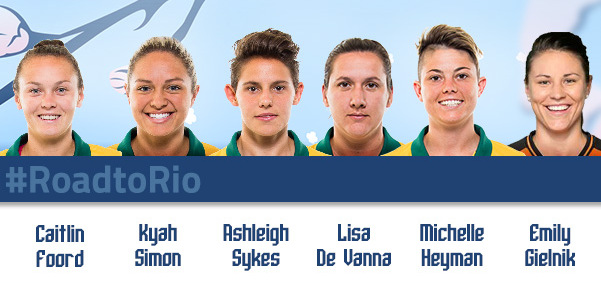
Pace. If there is one commodity Australia has, it's an abundance of pace and nowhere is that more obvious than in the forward line. It will certainly be the quickest forward line in the tournament and it will be curious to see how Stajcic utilises that.
On the wings the Matildas possess attackers with strong dribbling skills and the ability to "get at" the defenders. As a result, the pattern has often been to find the width of the wingers before looking to the centre of the park.
The other benefit for Australia is the versatility and interchangeability of the forwards; the movement from right to left wing, centre forwards able to play wide, wingers with the ability to come inside. It allows for a flexibility that can cause problems for the opposition but only if the chances created are converted.
And that is the sole apprehension about the attack, about any attack really. The Matildas will create plenty of goal scoring opportunities but Rio will hinge on their ability to make the most of it.
Related Articles
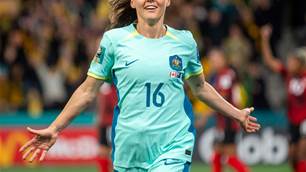
Aussies Abroad: Dub champions gutted, ribbons Raso on the move, and transfers, transfers, transfers

New FA Chief Football Officer to 'disrupt' Australian game
